Mondays With Morgan is a new column in London Jazz News written by Morgan Enos, a music journalist based in Hackensack, New Jersey. He will be diving deeply into the jazz that moves him — his main focus being the scene in nearby New York City.
This first feature for LJN in the series starts with a question...
Ever thought about where the trombone and clarinet meet in jazz? It probably isn’t the first pairing that comes to mind.
But to the revered trombonist Michael Dease, it goes deeper than that. “In some ways, they’re opposites. It’s brass — the trombone can get very bright and in-your-face and aggressive — and the clarinet is this really special wood. It’s small, and it’s got this register that’s naturally warm and sensitive.”

As Dease explicates, the clarinet and trombone not only have physical differences, but contrasting roles in the origins of jazz. Still, he perceived a potential rapprochement between the two instruments — not only in their shared capability for tonal brilliance, but in how the humans behind the horns can blend their personal concepts.
Not yet a subscriber of our Wednesday Breakfast Headlines?
Join the mailing list for a weekly roundup of Jazz News.
When Dease checked out clarinetist/composer Virginia MacDonald, he knew the two would be simpatico. “We both have this background of linear flow. That’s very important to us,” he explains. “So, I can meet her in areas of technique that are difficult for a lot of trombone players.”
Dease recruited MacDonald for his new album, The Other Shoe – The Music of Gregg Hill, released Mar. 17 on Origin Records. As the title suggests, the album culls 10 tracks from the voluminous songbook of Hill, a prodigious and eclectic composer — as well as jazz aficionado and philanthropist — based in East Lansing, Michigan, where Dease also resides.
These include the commanding “Wake Up Call,” the sinewy “The Goodbye Blues” and the teeming, 15-minute title track. “Gregg has a quirky sense of humor,” Dease explains. “I like hearing his use of bass ostinato and his unique chord choices. I hear him drawing upon all the great composers and artists that we’re used to.”
Joining them are a stupendous rhythm section: alternating pianists Geoffrey Keezer and Luther Allison, bassist Liany Mateo, and drummer Colleen Clark — with appearances from bassist Rodney Whitaker, percussionists Kevin Jones and Gwendolyn Dease, and fellow trombonist Joel Perez.
“We have very opposing instruments with different strengths, and we can depart from those and meet on the same wavelength,” Dease says glowingly of his frontline partnership with MacDonald. “I hope we get to do several more projects in the future, because the possibilities are kind of endless.”
In this in-depth interview with Dease he talks about his beginnings on the trombone, why Hill’s music resonates with him — and, of course, the slightly unorthodox pairing of two divergent wind instruments on The Other Shoe….

LondonJazz News: How would you summarize Gregg Hill as a figure, creator, and overall piece of the puzzle, and what compelled you to interpret his works on The Other Shoe?
Michael Dease: I met Gregg through Rodney Whitaker, the legendary bassist. Rodney’s a big figure in jazz here in Michigan. He helped create the jazz studies program about 25 years ago. As he recruited faculty from all over the country, I was one of those people. I met Gregg through a record date that Rodney led for Origin Records, where he himself recorded 10 different selections composed by Gregg Hill.
Gregg, I had known throughout Michigan. Gregg’s a big jazz aficionado and philanthropist, as well as being a composer. But my first interaction with his music came from his record date with Rodney. We’re sitting there in the studio, and the very first thing I do is: I’m reading a melody that Gregg has written — a duo in rubato with Xavier Davis, the pianist.
We did one take; the music was a little challenging, reading it cold, not having seen it before. The melody was so simple, and the chords, unusual. It just made for a really interesting and creative moment. That was my first interaction with Gregg as a composer — reading this melody to “Outrospection.” We play, and this is the very first thing that’s on the record — “Outrospection” with Rodney Whitaker.
At that moment, I said: Hmmm. This is a tune writer that I’d like to pay closer attention to.
LJN: How would you characterize Hill’s compositional style? It seems you’re alluding to a rapprochement between singability and complexity.
MD: Gregg has a quirky sense of humor, and he’s a duality-type person. He’s really shy and introspective, but he also likes to travel to New Orleans and he isn’t shy about meeting new people. He has a big repertoire of jazz knowledge; he knows a lot of composers and tunes and records all the way back to the beginning, and he specializes in being aware of the music of the ‘60s and ‘70s, when he was getting into it.
I think Gregg was a saxophone player, and as his life developed, he started getting at the piano and writing down chords and melodies. So, in his music, I hear a lot of the major influences — rhythmic motifs that are simple and strong, influenced by Thelonious Monk. I like hearing his use of bass ostinato and his unique chord choices. I hear him drawing upon all the great composers and artists that we’re used to.
Probably the coolest thing that I got to do with this project was: he gave me a free hand to arrange everything. So, I got to take his lead sheets and find the middle ground between Gregg’s concept and my concept as a bandleader and atmosphere creator. That helped me pick the band, too.
LJN: Where do your two concepts meet in the middle? How do you find that balance?
MD: It felt very organic. The way that Gregg writes his melodies down — he puts the counterpoint in; the chords and bass figure, a lot of things are written in the grand staff. So, you can see everything that’s happening. It was up to me to find the right grooves, to influence the type of textures that we use with horns or color devices. It was important to have a drummer that was comfortable with getting a lot of sounds out of the kit, so Colleen Clark was really great.
As far as us meeting: every once in a while, I would run my ideas by Gregg, and he was very supportive of them. A big part of the collaboration that we have is what we’re bringing to each other. He’s bringing these really clear, simple, almost tone poems, in a way. Little vignettes, all the way through long-form pieces. The final cut on the record, “The Other Shoe,” ends up being 15 minutes.
LJN: Hill has a vast repertoire. How did you narrow it down to 10 tunes?
MD: He does, he does. So, I met him earlier — we met in passing, both of us being rather shy. But I knew he loved jazz, and he knew I was a working artist. He laid a book on me; he said, “Here, Michael. When you get a second, check through these.” I didn’t realize that was just one of four books. [Chuckles.] Four books of 40 or 50 compositions that he has.
It was really Rodney taking the time. So much of what we learn in our initial ideas about music comes from word of mouth. We get influenced by the people we work with and look up to. Rodney Whitaker is certainly one of those people for me.
So, to be on the record date and hear him interpret Gregg’s music meant a lot to me. It let me go back inside of those books and basically cherry-pick the material that I wanted to start with. I tried to [experiment with] things in different formats, and I wanted to get the most authentic, contemporary sounds with this clarinet-and-trombone instrumentation as I could.
We’re very familiar with the New Orleans, original sound of jazz, with the obligato lines that the clarinet does and the gruff, baseline, connected, tailgate style of the trombone. And then, in the middle, with Buddy DeFranco and Bob Brookmeyer, we have a lighter, more linear, flowing type of approach, where the trombone and clarinet get closer to meeting in concept. This felt like a really cool opportunity to explore updating that.
LJN: I’m a fan of Geoffrey Keezer and I’ve interviewed him a time or two, but I’m less familiar with the other musicians on The Other Shoe. How did you land on this particular ensemble as the ideal vehicle to interpret this music?
MD: At this point, [pianist and Rhodes player] Luther [Allison] is an old collaborator, although he’s very young. I met Luther when he was working at my jazz camp; I direct a jazz camp in Brevard, North Carolina. He came in as a 19-year-old playing drums, and was a part-time teacher and then played with the faculty ensemble.
He did so well and had such a good spirit and attitude that I invited him to come to New York and play on my next record, which is [2016’s] Father Figure on Posi-Tone. He plays drums on this whole record with [bassist] Endea Owens, [pianist] Glenn Zaleski, [alto saxophonist] Immanuel Wilkins… of course, he’s not playing drums on this record; he’s playing piano.
I found out later that Luther’s a superbly talented pianist. I recruited him to come get his master’s at Michigan State. Ever since then, we’ve found ourselves working on projects together. He’s a great musician; he exudes a lot of calm joy, and that’s really a good energy to be around. So, Luther’s a frequent collaborator at this point.
Liany Mateo, the bassist, is also a former Michigan State student. She’s now a freelance professional in New York working with [pianist and composer] Arturo O’Farrill, and also with Geoffrey Keezer.
[Drummer] Colleen [Clark], I met in New York almost 20 years ago when she was doing her New York time. I loved her playing; we used to play together in [saxophonist and composer] Sharel Cassity’s band.
I just always had in the back of my mind that when I get a project where I want a lot of risk and to take chances and [deal in] sounds that maybe I’m less comfortable with, because I’m trying to break out of the box or find a new sound and approach to something — Colleen is that type of person, so she brings this raw, adventurous, explorative approach. But, she has the finesse and the chops and the dynamic range to keep everything sounding really beautiful and clear.
How could I forget Virginia [MacDonald]? I have a really nice history of playing with clarinetists. I was in Anat Cohen’s Tentet for quite a minute. I got a chance to work with Eddie Daniels, with the WDR Big Band. I played in Paquito [D’Rivera]’s band a few times. Victor Goines, the great clarinetist, is one of my teachers. So, I’ve got this world of clarinet in my history.
And then I heard Virginia on Facebook. She had posted a video of her playing Charlie Parker’s “Embraceable You” solo. So, I listened, because I love Charlie Parker; my daughters are actually named Charlie and Parker.
I mean this as a compliment: Virginia plays the clarinet with a saxophonist’s sensibility. The saxophone is so much easier than the clarinet, to me, that it lends itself to expression. The scoops, the bends, the subtone, the breath — the saxophone is kind of like the superhero of all instruments. It’s hard for a clarinet to capture that nuance that we love to hear in Ben Webster and Charlie Parker and Lester Young and Lucky Thompson and Melissa Aldana.
But: lo and behold, YouTube and Facebook introduced me to Virginia MacDonald, and she’s one of the only people I’ve heard get that completely soulful essence that you get on the saxophone; she gets it on the clarinet. She’s got her own voice. As it turns out, she’s a really nice person.
I said, “If you’re ever in this area, please let me know and I’ll set something up for us. We have to make some music together.” She did, and this is the first fruit of that project.
LJN: What initially drew you to the trombone, with its particular array of abilities and limitations? And in tandem with that, who were the trombonists who first galvanized you, and continue to do so?
MD: That’s my favorite thing to talk about. I’ll try not to go on forever.
I started hearing the trombone in my middle-school and high-school band. The trombone is such a hard instrument. It’s very simple, but it requires a really good ear and mastering the slide, which can be either very elegant or very clumsy.
LJN: Or disastrous...
MD: Yeah, that’s another word. That’s why they call it the “slush pump.” Because if you don’t have any elegance in your slide technique, then you sound really rough and, you know — scary.
So, I got to hear these trombone players playing behind me in school, and I was like: Geez, that must be a really tough instrument. Our band director was a percussionist, so he didn’t have any of the trombone tips to help our cats out. As I got into high school: I got into jazz as a teenager, and I wanted our jazz band to sound better. That was what I was into, so I tried to help by learning trumpet, and then trombone.
I did it in… not the coolest way. I would take their instrument and [Pantomimes playing trumpet] learn it really quickly and play it and say, “You might want to do it this way.” That was sort of where I found out I had a talent for picking up new instruments, and that was a gift I didn’t know that I possessed.
Same with trombone. I noticed a trombone player working really hard to play something very simple, and I said, “Hey, what if you moved this part instead of this part? You’ll get the same distance, but you’ll work half as hard. And then, when you play, try to relax your face and don’t scrunch your eyes; I’ll bet you’ll have a better sound if you relax.”
These kinds of things happened, and I realized: “Wow, this is interesting. Maybe I’m not just a sax player,” because I played saxophone from age 11 to 17. Then, a friend of mine played me John Coltrane’s record Blue Train, and when I heard “Locomotion” and “Blue Train,” hearing Curtis Fuller play, I couldn’t believe it was a trombone.
I can’t overstate how important that was for me. I gave up saxophone the next day, for years. I borrowed-slash-stole a trombone. I taught myself to play; I couldn’t find a teacher. Everybody told me I was crazy, like: Hey, you’re an award-winning saxophone player getting ready to go to college. Why would you give all that up to play the trombone, of all instruments?
LJN: But Curtis is infectious, right? He gets in your blood.
MD: I certainly think so. That’s why I play trombone: very simply, because I heard Curtis Fuller and it might as well have been God telling me that I need to be a trombonist. That’s the analogy.
And then, as far as where I’m coming from on the trombone: Charlie Parker is what drew me to jazz, so I’m still a Charlie Parker devotee. There’s something about the blues and the voice-leading and the shape and sheer beauty of his playing — the hills and valleys, the contours and the singing.
There’s a few artists who do that for me: Sarah Vaughan, Ray Charles, Elton John, Marvin Gaye, Luther Vandross. They just have everything in their playing; Charlie Parker’s like that for me. So, when I became a trombonist, the fact that Curtis and J.J. Johnson and Slide Hampton were inspired by Charlie Parker — to me, those were the go-to cats.
Now, here’s the other part of that question; it has to do with being self-taught. Being self-taught, I had a tremendous amount of insecurity. There were sixth-graders who had a better lower register than me. I didn’t have a teacher, so my way of remedying that was trying to listen and learn from every trombonist in the history of time.
I have dozens and dozens of classical CDs from trombone players that jazz people have probably never listened to. And then, I have a list of every trombonist that I’ve checked out, and they’re all different styles, eras, ages. I know all the young cats coming out, playing now. I love the instrument, and I love immersing myself in that world.
So, my influences go all the way from Jack Teagarden and Kid Ory; to my bebop people; to Count Basie’s trombone section; to Duke Ellington’s section; to the people in the fusion era, like Robin Eubanks and Steve Turre; to my peers, like Marshall Gilkes, Elliot Mason, Chris Crenshaw, and Jacob Garchik; to young players now, like Kalia Vandever, Jeffery Miller, and Javier Nero — he’s fantastic.
Even a former student, Robert Edwards, who’s coming out with a new CD. He’s certainly influenced me, even though I can hear my influence in him. I teach at Michigan State; I just had a student, Andrew Kim, win this competition, and I heard his performance — and the thing I wanted to do first is go practice. [Chuckles]
That’s very trombone-y, but I also have learned music from all different instrumentalists. To me, that’s the ever-giving pot and present of jazz music.
LJN: How would you describe the evolving role of the trombone in jazz — and accordingly, on that continuum, where would you place the “You Are Here” sticker, as per your approach and methodology?
MD: The trombone is hip, in the sense that it’s been there since day one. The clarinet kind of became the saxophone, the cornet kind of became the trumpet, the tuba became the string bass, but the trombone has been the trombone.
And then, the trombone took over the world. We’re talking about Tommy Dorsey. We’re talking about Glenn Miller. This is because the big band was the TV. Instead of watching your favorite TV show, you went out and danced. This was the ‘20s, ‘30s, and then early ‘40s.
I like to tell my students that Tommy Dorsey was the Beyoncé and Jay-Z of his time. And then, Tommy Dorsey was a huge influence on Frank Sinatra. So, we have this huge, huge role that the trombone has played — not only in just jazz, but back when jazz was popular music.
When we had the introduction of bebop, and as jazz started becoming more and more instrumental — away from vocalists, away from the lyrics — the trombone took a little bit of a hit, because the virtuosic demands of the music put an onus on the trombone that was hard to measure up to.
So, you have a handful of people who were willing to stand up to the demands that bebop and hard bop and post-bop — the instrumental development of virtuosic jazz — put on people. That’s where you have your small list of people like J.J. Johnson, Bennie Green, Slide Hampton — Curtis Fuller, certainly — and Julian Priester. With so few practitioners playing at the technical level that the music needs, the trombone gets, in essence, a little less attention, and possibly left behind.
When you’re comparing that to the big influences in genre-changing, defining, iconic artists, like Miles Davis — who did not have a trombonist in his band; you have the saxophone-and-trumpet quintets — it’s not until Woody Shaw came along and put Steve Turre in his quintet that we heard the trombone get back on the front line of: Hey, we’re dealing on this level too.
Ever since the advent of bebop and the lesser amount of acclamation that trombonists have been able to do going from swing to bop, the trombone has taken a little bit of a backseat. That’s why it’s so exciting in the past 20, 25 years to see all the practitioners — people playing original music, playing lines in unison and harmony with guitar and piano and saxophone.
There are several people doing that; the trombone has had a resurgence. It’s definitely something I’ve been trying to do in my own music, as an artist. I want people to hear the melodies, the harmonies — feel the rhythm, feel the dance. I don’t want people to feel that they’re lessened or held back because I play the trombone.
LJN: One of your lines in the press release for The Other Shoe grabbed me: “My dream, both currently and when I was a young musician, is to be a torchbearer for my predecessors and ancestors… so that their contributions continue to mean something to people my age and younger.” To me, that means the album has an even higher purpose than paying tribute to a peer.
MD: That took me a minute to think about. I feel like it’s a duty for me. The music that drew me into jazz — like I talked about with Charlie Parker, like the blues that I heard: Art Blakey, the drive and the fury and the angst and everything — the messages that we have from the music from the past 100 years are valid.
Jimmy Heath had this saying: “What was good is good.” That’s pretty hip. Dizzy Gillespie had another one: “You can’t lose with the blues.” These things need to be carried along with us rather than left in the past.
But you don’t need to be a museum piece as a musician to show honor and homage to it. You can reinvent and reinvest life and meaning. That’s what makes a culture relevant to the future, because it’s a legacy and continuum. So, I like to think of having a foot in the past and a foot in the future, and that lets me straddle the present with purpose and authenticity.
LINKS: Michael Dease’s website
Categories: Features/Interviews, Mondays with Morgan





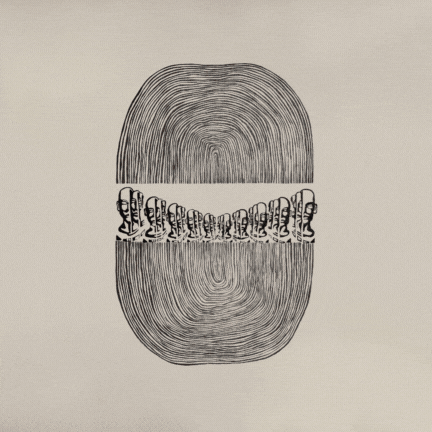

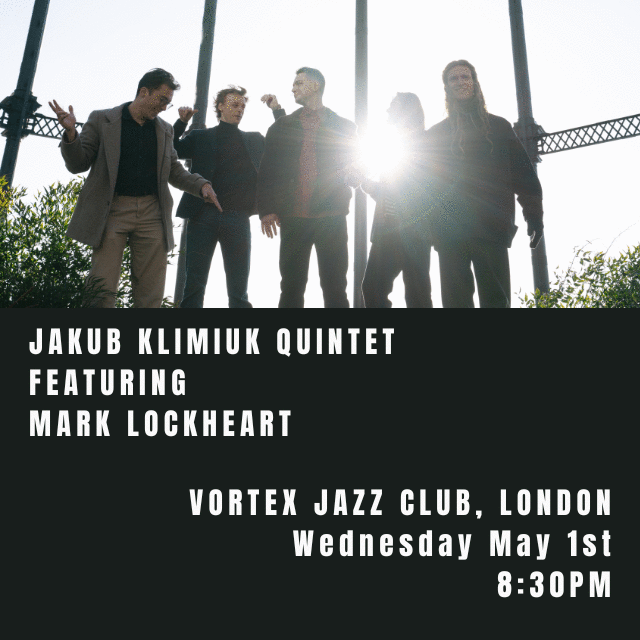
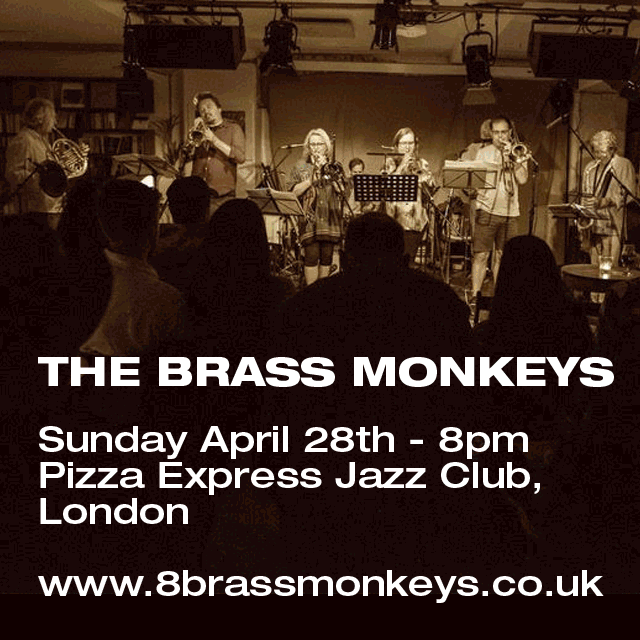
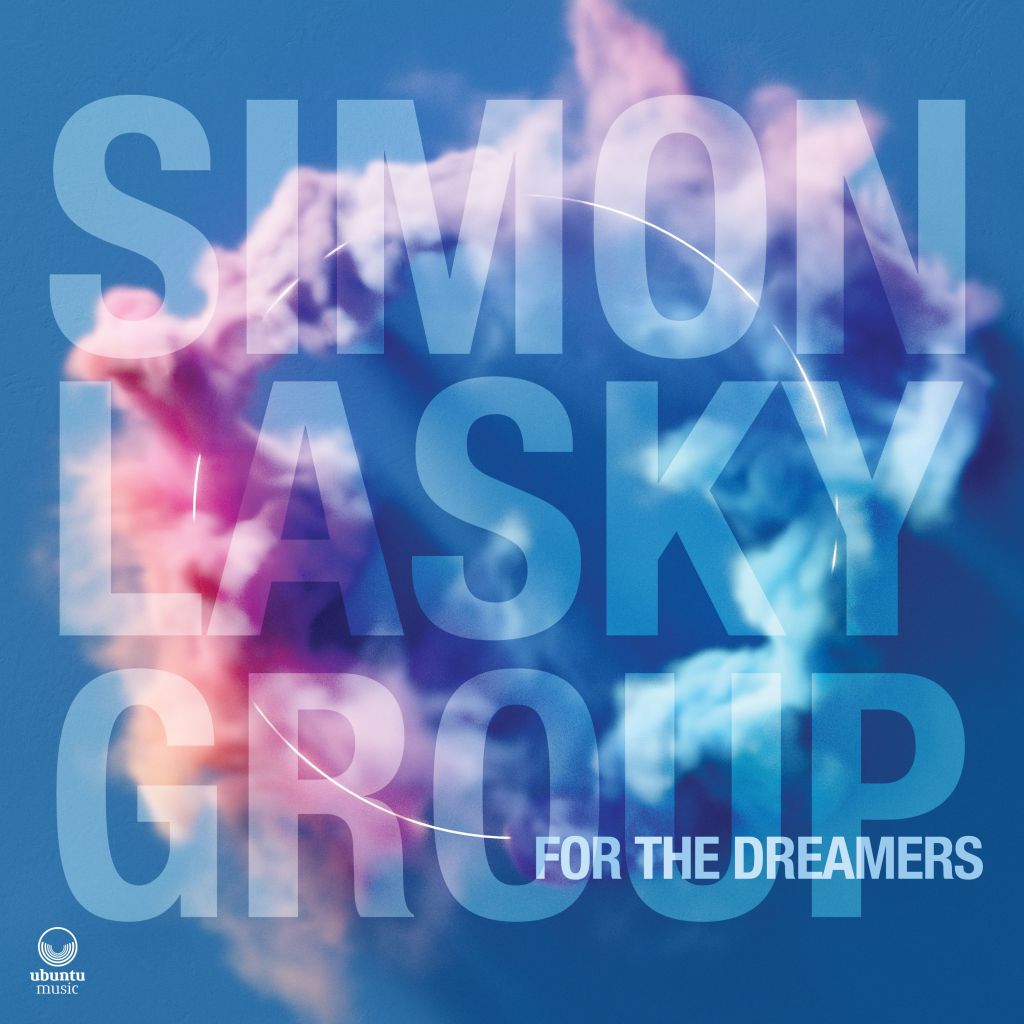
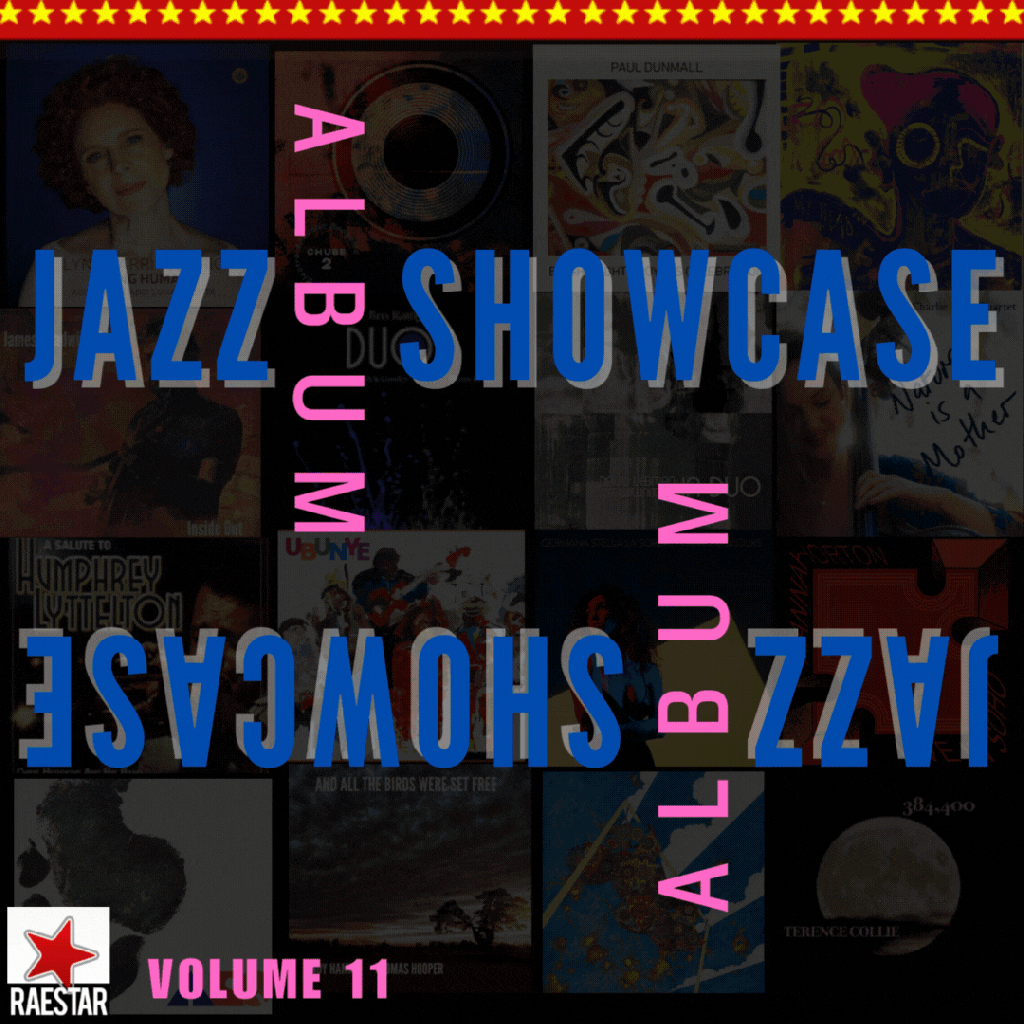
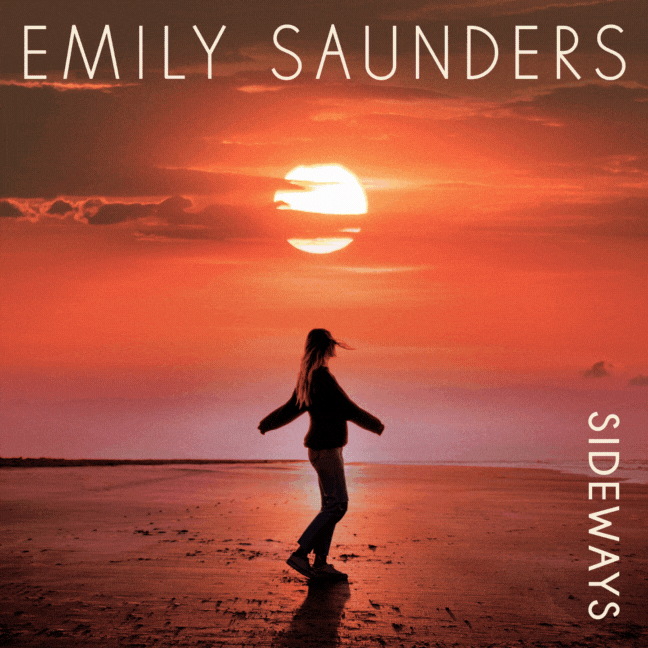
Recent Comments